If you're a fan of cold drinks, then you've likely used a stainless steel tumbler before. These durable and reusable containers have become increasingly popular in recent years, thanks to their eco-friendly qualities and stylish designs. But have you ever wondered how they're made?
The process of manufacturing stainless steel tumblers involves several steps that require precision and skill. In this article, we'll take a closer look at each stage of the production process so you can better understand what goes into creating these popular drinkware items.
The first step in making a stainless steel tumbler is selecting the right grade of steel. This metal is known for its corrosion-resistant properties, which make it ideal for use with food and beverages. Once the appropriate grade has been chosen, the sheets are cut to size using specialized equipment.
From there, the pieces are formed into the shape of a tumbler using various techniques such as deep drawing or spinning. Welding is then used to join the seams together before polishing and buffing give the finished product its signature shine.
With all these steps completed, lids and straws may be added before undergoing rigorous quality control inspections to ensure they meet industry standards before being packaged up for shipping.
Selecting the Right Grade of Stainless Steel
You'll want to make sure you're selecting the right grade of stainless steel for your tumblers, so they can withstand all the wear and tear of daily use.
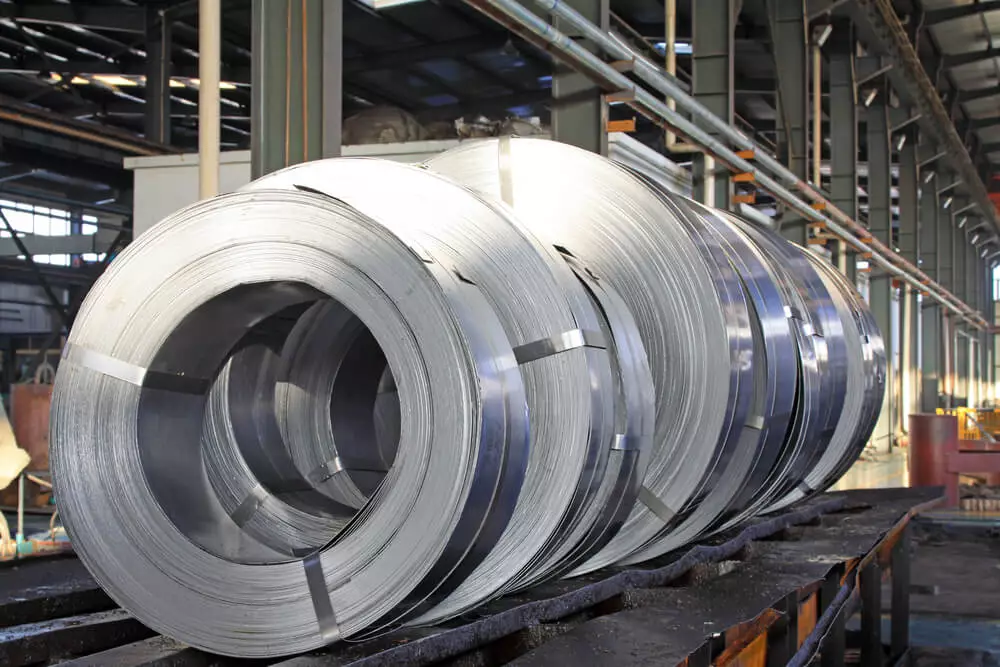
The composition of stainless steel determines its properties, including strength, resistance to corrosion and heat, and overall durability. For tumblers that will be used frequently, a high-grade stainless steel is recommended.
One critical factor when choosing the grade of stainless steel for your tumbler is its corrosion resistance. Stainless steel contains varying amounts of chromium, which gives it its resistance to rust and other forms of corrosion. Tumblers made from lower grades may eventually show signs of rust or discoloration after prolonged exposure to liquids such as coffee or tea. Choosing a higher grade with a higher percentage of chromium will ensure that your tumbler stays looking new for longer.
In addition to corrosion resistance, other factors to consider when selecting the right grade of stainless steel include temperature tolerance and overall strength. A tumbler made from lower-grade stainless steel may warp or become misshapen if exposed to high temperatures or heavy use over time.
By investing in a higher-grade material with greater strength and durability, you can ensure that your tumblers are built to last through many years of daily use.
Cutting the Steel Sheets
When it comes to cutting steel sheets for your stainless steel tumblers, precision is key. Using the right cutting technique and equipment is crucial to ensure that your tumbler parts fit together perfectly. However, safety should also be a top priority during this process.
Make sure you take all necessary precautions and use appropriate protective gear to prevent any accidents or injuries while cutting the sheets.
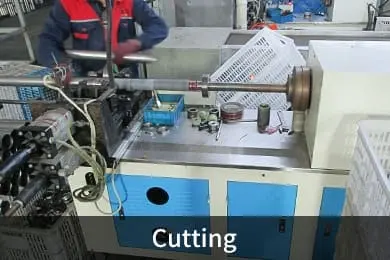
Precision Cutting Techniques
Using high-tech machinery and skilled workers, we're able to achieve precise cuts on stainless steel tumblers. The process of precision cutting involves the use of laser cutting and water jet cutting techniques.
These methods enable us to cut through thick sheets of steel with minimal distortion or burr formation. Laser cutting uses a concentrated beam of light that melts through the metal, resulting in clean, precise cuts. Water jet cutting employs a high-pressure stream of water mixed with abrasive particles to cut through thick sheets of steel without damaging the material's integrity.
Both methods offer superior accuracy compared to traditional sawing or shearing techniques, ensuring consistent quality across all our products.
Safety Measures
For your safety, we implement strict measures in our facilities to prevent accidents and injuries during production. Every employee is required to wear appropriate safety equipment such as helmets, gloves, goggles, and earplugs when operating machinery or handling materials.
We also have safety protocols in place for emergency situations like fire or chemical spills. Aside from the use of personal protective equipment, all employees undergo extensive training on proper handling of tools and equipment.
They're taught how to identify potential hazards in the workplace and how to respond appropriately to emergencies. Our company takes safety seriously and we continuously strive to improve our policies and procedures.
As a result of these measures, we can ensure that every stainless steel tumbler produced has been made with care not only for its quality but also for the well-being of our employees. We believe that prioritizing safety is crucial in maintaining a healthy work environment where everyone can thrive.
Forming the Tumbler Shape
Now that the steel sheets have been cut, it's time to talk about forming the tumbler shape.
There are different techniques that can be used, but two of the most common are pressing and spinning.
With pressing, a machine applies pressure to a flat sheet of metal to form it into the desired shape, whereas spinning involves rotating a metal disc while shaping it with special tools.
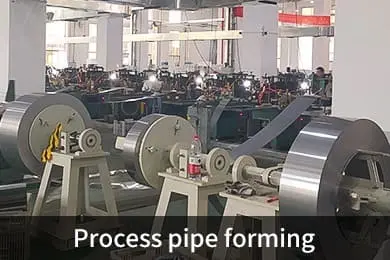
Different Forming Techniques
You'll see craftsmen carefully molding the stainless steel into various shapes and sizes, using techniques that range from stretching and drawing to spinning and stamping. Each technique has its own unique benefits and challenges, allowing manufacturers to create tumblers with varying thicknesses, textures, and designs.
Here are some of the different forming techniques used in manufacturing stainless steel tumblers:
- Stretching: This involves pulling the metal in opposite directions to thin it out and create a longer shape.
- Drawing: Similar to stretching, drawing uses a die to pull the metal through until it reaches the desired diameter.
- Spinning: In this method, a flat piece of metal is spun on a lathe while tools shape it into a curved form.
- Stamping: A machine presses down on the metal sheet to cut out specific shapes or patterns.
- Rolling: By passing the metal through rollers multiple times at different angles, manufacturers can adjust its thickness and texture. Hammering methods may also be used during rolling to further refine the shape.
Pressing and Spinning Techniques
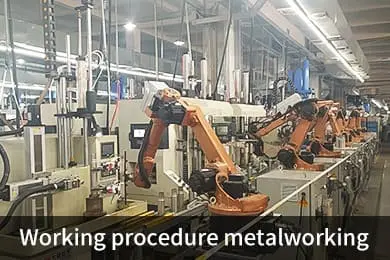
To truly appreciate the artistry of pressing and spinning techniques, imagine yourself watching skilled artisans delicately shaping metal into intricate designs.
These two techniques are essential in the manufacturing process of stainless steel tumblers. Pressing involves using a hydraulic press to stamp out pieces of metal into specific shapes, while spinning involves manually shaping sheets of metal around a mold.
While machine pressing can offer efficiency in mass production, manual pressing ensures precision and attention to detail. Manual presses allow for adjustments to be made on-the-spot, resulting in more accurate measurements and consistent quality.
On the other hand, machine presses are ideal for high-volume productions where speed is crucial. In contrast, spinning is almost exclusively done manually due to its complexity and intricacy. Skilled artisans use their hands and tools to shape the metal accurately around the molds with careful attention paid to every curve and bend.
The result is a beautiful seamless piece that meets all specifications required for stainless steel tumblers production.
Welding the Seams
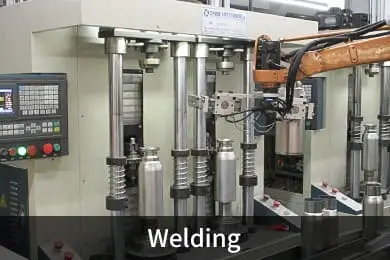
Welding the seams of stainless steel tumblers is a crucial step in their manufacturing process, ensuring that they're leak-proof and durable. The seam quality is essential to ensure that the tumbler doesn't leak any liquids or gases. Therefore, welding techniques play an important role in creating high-quality seams.
Before welding, the edges of the stainless steel sheets need to be prepared by cleaning them thoroughly using a degreaser and removing any burrs or sharp edges. This ensures that the welds will be strong and smooth.
There are different welding techniques used for tumbler production such as TIG (Tungsten Inert Gas) welding or laser welding. These techniques allow for precision control over the heat input during welding, resulting in clean and even weld seams.
After completing the welding process, each tumbler undergoes inspection to ensure its quality. The inspector checks if there are any visible defects on the seam and whether it matches with other parts of the tumbler correctly. If everything looks good, then it's time for final assembly before packaging and shipping out to stores worldwide.
Welding might seem like a small part of manufacturing tumblers, but it plays an integral role in guaranteeing their durability and functionality when used by customers daily.
Polishing and Buffing
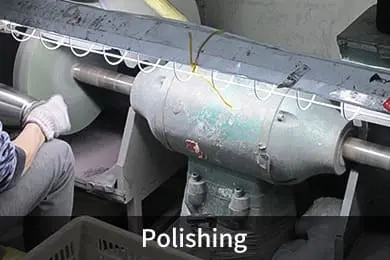
After the seams are welded, it's time to give the tumbler a smooth and shiny finish through polishing and buffing. Polishing stainless steel tumblers provides several benefits. Firstly, it removes any burrs or rough edges left from welding, ensuring a safe and comfortable grip for users. Secondly, it creates an attractive appearance that enhances the product's value and appeal to customers.
There are different buffing techniques used in manufacturing stainless steel tumblers. One common method is using a rotary buffing machine with specialized pads made of various materials such as felt or cloth. These pads have different levels of coarseness to achieve varying degrees of shine on the tumbler surface.
Another technique involves using abrasive compounds applied by hand or with a polisher tool to remove deeper scratches and imperfections before proceeding with final polishing.
Overall, polishing and buffing play an essential role in producing high-quality stainless steel tumblers that meet industry standards for safety and aesthetic appeal. By incorporating these processes into the manufacturing process, manufacturers can produce products that not only look great but also provide maximum functionality and durability for end-users.
Applying the Finish
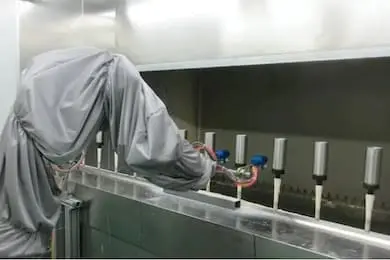
Once the seams are polished and buffed, you can apply the final finish to your tumbler. The finish is what gives it a sleek and professional look. There are various color options available for the finish that can be chosen according to your preference.
Before applying the finish, durability testing is conducted on each tumbler to ensure that it meets the industry-standard requirements. Once passed, the coating process begins with a layer of primer that helps in bonding the coating material with stainless steel. After this step, a base coat of powder paint is applied followed by a clear coat on top to protect against scratches and fading due to usage or exposure to sunlight.
The application of finish requires precision as any mistakes could lead to an unsatisfactory product. It involves a three-step process: cleaning, priming, and painting.
The finished product must be inspected thoroughly before packing and shipping it out for retail sales. With proper care and maintenance, your stainless steel tumbler will retain its elegant appearance for years to come.
Adding the Lid and Straw
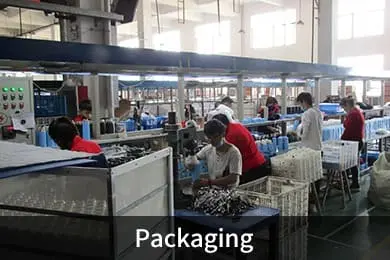
To complete your tumbler, you'll need to add the lid and straw, which will give it a functional and stylish touch.
The first step is to select the lid that best suits your needs. There are various customization options available such as size, color, material, and closure type. Some lids may come with a silicone gasket for added leak-proof protection while others may have a sliding mechanism for easy access.
Once you have chosen your lid, it's time to add the straw. Our company uses eco-friendly materials for our straws such as stainless steel or bamboo instead of plastic. These materials are durable and reusable, reducing waste in landfills and oceans. The length of the straw can also be customized depending on your preference or tumbler size.
After adding the lid and straw, we recommend giving your tumbler a test run to ensure everything fits properly and functions correctly.
With these final touches added to your stainless steel tumbler, you now have a personalized drinkware option that is not only stylish but also environmentally conscious.
Quality Control Inspection
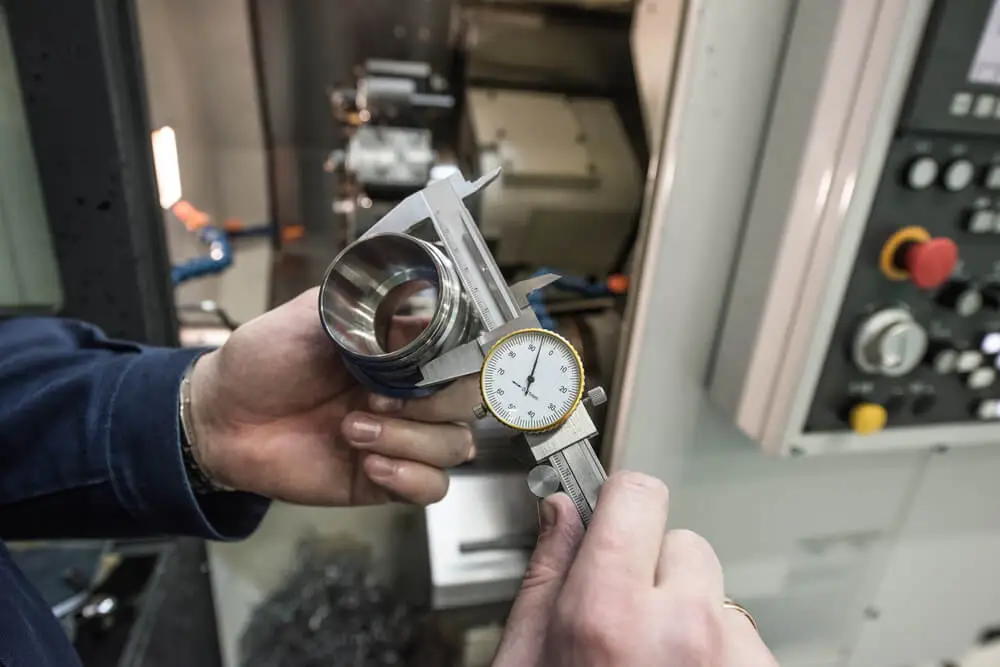
Now it's time for you to ensure that your tumbler meets our high quality standards by conducting a thorough inspection. Sampling techniques are used to select random pieces from the production batch for analysis.
You'll need to examine each tumbler carefully and check for any defects such as scratches, dents, or discoloration. Defect analysis is an important part of the inspection process.
You will need to identify any issues with the lid and straw attachment, ensuring they're secure and function correctly. The interior of the tumbler should also be checked for any rough spots or blemishes that could impact its performance.
Once you have completed your inspection, record any defects found on a checklist and report them back to management. This will allow us to make necessary adjustments in our manufacturing process and continue delivering high-quality products to our customers.
Remember, attention to detail is essential in maintaining customer satisfaction and building trust in our brand.
Packaging and Shipping
Now that you've successfully manufactured stainless steel tumblers and completed quality control inspections, the next step is packaging and shipping.
Packaging techniques involve carefully wrapping each tumbler to prevent any damage during transportation. Proper shipping methods must also be chosen to ensure timely delivery of your product while minimizing costs.
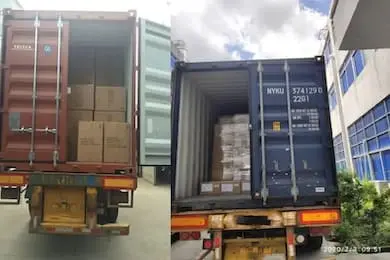
Packaging Techniques
You'll want to carefully consider the packaging techniques used for stainless steel tumblers to ensure they arrive at their final destination in perfect condition. One effective technique is using a foam insert that snugly holds the tumbler in place, preventing any movement during transport. This can be paired with a sturdy cardboard box and additional cushioning material such as bubble wrap or packing peanuts. It's also important to clearly label the package as fragile and indicate which side should be kept upright.
Another option is custom branding on the packaging itself, which not only adds an extra layer of protection but also promotes your brand. Many manufacturers offer eco-friendly options such as using recycled materials or biodegradable packaging, which can appeal to environmentally conscious consumers. Ultimately, choosing the right packaging technique depends on factors such as budget, shipping distance, and desired level of protection. By taking these considerations into account, you can ensure that your stainless steel tumblers arrive at their destination intact and ready for use.
| Column 1 | Column 2 | Column 3 |
|---|---|---|
| Protects product during transport | Provides branding opportunity | Appeals to eco-conscious customers |
| Foam inserts prevent movement | Custom branded packaging adds extra layer of protection | Eco-friendly options available |
| Sturdy cardboard boxes provide support | Clearly labeling package as fragile helps prevent damage | Can be cost-effective option when using recycled materials or biodegradable packaging materials. |
Shipping Methods

To ensure the safe delivery of your products, it's essential to consider various shipping methods that align with your budget and timeline. Here are four options to help you make an informed decision:
- Air Freight: This option is ideal for time-sensitive shipments as it offers faster transit times than other modes. However, air freight can be costly, especially for large volumes.
- Sea Freight: If you're looking for a cost-effective solution, sea freight may be the best option as it allows you to transport large volumes at an affordable price. However, this method has longer transit times compared to air freight.
- Road Transport: This mode of transportation is suitable for domestic deliveries within a country or region. It's also cost-effective and flexible in terms of scheduling and route planning.
- Rail Freight: If your shipment requires long-distance transportation within a specific region or continent, rail freight can be a viable option as it offers lower costs than air or sea freight while still maintaining reasonable transit times.
When shipping stainless steel tumblers, customized branding should be taken into consideration when choosing packaging materials and methods to maintain product integrity during transport.
Additionally, international regulations should also be considered when selecting the appropriate shipping documentation required for customs clearance in different countries.
By carefully evaluating all available options and adhering to these guidelines, you can ensure that your products arrive safely and on time at their final destination regardless of where they're being shipped around the world.
The Future of Stainless Steel Tumblers
As you look towards the future of stainless steel tumblers, you can expect to see innovative designs that push the boundaries of what's possible. Manufacturers are constantly looking for ways to improve and enhance their products, whether it's through improved insulation or more durable materials.
Additionally, sustainable manufacturing practices will continue to be a major concern as consumers demand environmentally friendly products. Expect to see manufacturers implementing new technologies and techniques that reduce waste and minimize their impact on the planet.
Innovations in Design
Innovations in design have allowed manufacturers to create stainless steel tumblers with unique shapes and intricate details. Design trends have shifted towards more minimalist and modern designs, with a focus on sustainability and eco-friendliness. Customer preferences have also played a role in shaping the design of stainless steel tumblers, with many seeking personalized options that reflect their individual style.
One innovation in stainless steel tumbler design is the use of double-walled insulation for better temperature retention. This feature has become increasingly popular among customers who want their drinks to stay hot or cold for longer periods of time. Another recent trend is the incorporation of silicone sleeves for added grip and protection against drops. These sleeves can come in various colors and patterns, allowing customers to customize their tumblers even further. The table below showcases some of the latest innovations in stainless steel tumbler design:
| Innovation | Description |
|---|---|
| Double-walled insulation | Better temperature retention |
| Silicone sleeves | Added grip and protection against drops |
| Laser etching | Intricate designs etched into the tumbler surface |
| Powder coating | Durable finish available in various colors |
With these innovative design features, manufacturers can cater to a wider range of customer preferences while still maintaining the durability and functionality that make stainless steel tumblers so popular. As technology continues to advance, it will be interesting to see what new designs emerge within this industry.
Sustainable Manufacturing Practices
You may be surprised to learn about the sustainable practices being implemented in creating your favorite drinkware. With the growing awareness of environmental issues, manufacturers are now utilizing green materials and eco-friendly processes to create stainless steel tumblers.
Here are some of the ways that manufacturing companies are practicing sustainability:
- Use of recycled materials - Instead of using virgin metals, manufacturers are opting for recycled steel. This not only reduces waste but also conserves natural resources.
- Circular economy - Manufacturers are implementing a circular economy approach by designing products that can be easily disassembled and recycled at the end of their lifecycle.
- Waste reduction - Companies are adopting zero-waste policies by minimizing waste generation during production and finding innovative ways to reuse or recycle it.
- Energy-efficient processes - From using renewable energy sources like solar power to optimizing production processes for energy efficiency, companies are taking steps towards reducing their carbon footprint while still delivering high-quality products.
By incorporating these sustainable practices into their manufacturing process, stainless steel tumbler makers not only contribute towards a greener planet but also provide consumers with environmentally responsible options for their daily use.
Frequently Asked Questions
What is the maximum capacity of a stainless steel tumbler?
You can choose from different tumbler size options when selecting a stainless steel tumbler. The maximum capacity of a stainless steel tumbler typically ranges from 8 to 128 ounces, depending on the size selected.
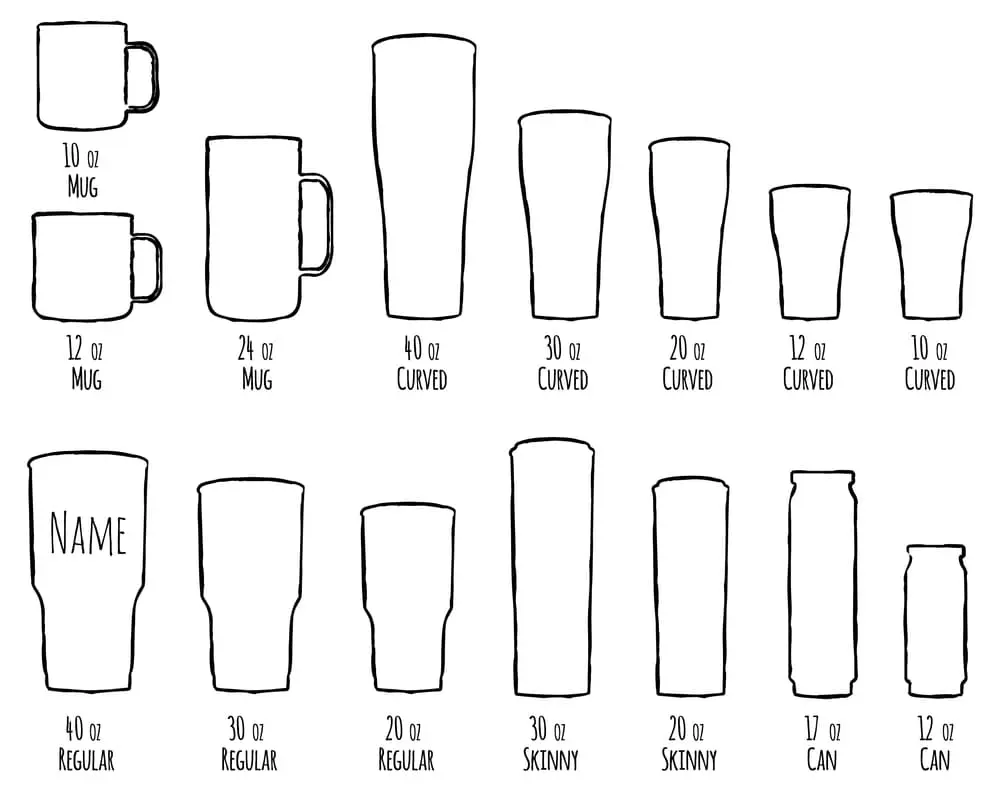
Can stainless steel tumblers be used for hot and cold beverages?
Stainless steel tumblers can be used for both hot and cold beverages, but there are benefits and drawbacks to consider. Cleaning and maintenance should be done regularly to prevent rust or buildup of bacteria.
How long does the polishing and buffing process take?
Polishing time and buffing duration for stainless steel tumblers depend on the size, complexity of design, and desired finish. Generally, it takes 10-20 minutes per tumbler to achieve a polished and buffed surface with a smooth texture.
Are the lids and straws interchangeable between different brands of stainless steel tumblers?
Yes, the lids and straws of stainless steel tumblers are often interchangeable between different brands. However, it is important to consider brand compatibility and ensure that the parts properly fit before use.
What kind of testing is done during the quality control inspection process?
During quality control inspections, non-destructive testing and various inspection methods are used to ensure the stainless steel tumblers meet standards. These tests include visual inspections, leak testing, and dimensional measurements to guarantee product quality.
Conclusion
Congratulations! You've successfully learned about the process of manufacturing stainless steel tumblers.
With your newfound knowledge, you can now appreciate the level of detail and precision required in each step to produce a high-quality tumbler.
From selecting the right grade of stainless steel to polishing and buffing, every step plays an important role in ensuring that the final product meets the highest standards.
The addition of lids and straws further enhances their functionality and convenience for everyday use.
As we look towards the future, it's clear that stainless steel tumblers will continue to be a popular choice due to their durability, versatility, and eco-friendliness.
Perhaps one day, you may even decide to start your own tumbler manufacturing business using these techniques.
Until then, enjoy your favorite beverage in a sleek and stylish stainless steel tumbler!

